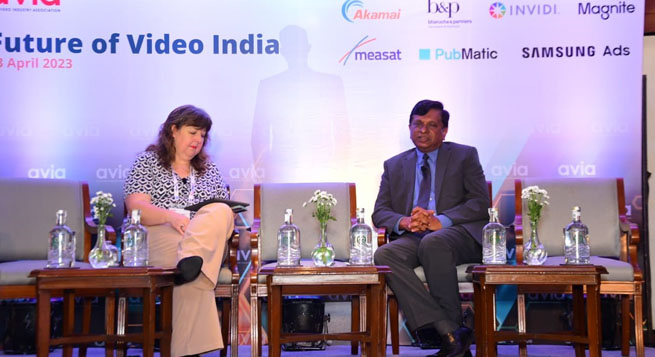One of the primary reasons why Indian material is more acceptable globally now is that it is being translated into more languages, which OTT platforms have enabled, said Apurva Chandra, Secretary, Ministry of Information and Broadcasting (I & B), Government of India, in Mumbai on Thursday.
The I & B Secretary stated during a keynote conversation session with Clare Bloomfield, Acting Chief Policy Officer of Asia Video Industry Association (AVIA) on ‘Policies to Make India a Global Content and Technical Hub’, “Quality of content has always been very good in India, but now it is easier for Indian content to travel across the world.” OTT has aided it. People’s interest in India has grown, and they desire to learn more.
According to the press release, while conventional media remains the foundation and backbone of the media and entertainment business, OTT platforms have now become a very essential component.
“However, I’ve noticed that many traditional media companies are also putting their content on their own OTT platforms.” And, as a consumer, it is always more convenient to be free of time constraints and to view the material at your leisure. So, I believe it is a mutually beneficial partnership, and content development will continue.”
In terms of OTT laws, he stated that the government has chosen a light-touch approach. “We have delegated more self-regulation to the industry.” It is a three-tiered regulation that was implemented a few years ago. We believe things are going well. If a complaint about the quality of the content is received at the first stage, it is forwarded to the content producer for action. At the secondary level, an industry organization investigates it, and finally, it comes to the I & B Ministry. At the Ministry level, we have received relatively few complaints.”
The I & B Secretary added, “However, there are concerns that these soft-touch regulations may have resulted in some content that is not desirable.” We would like to suggest that the industry be aware of the country’s concerns and culture.”
According to Apurva Chandra, the Cinematograph Act is being revised. “It will be introduced in Parliament very soon,” he said.
He stated that a provision for the transmission of cinematic content via the Internet is being added. “If that happens, it will go a long way toward protecting copyright, and we will be able to block websites that transmit pirated content.” But we’ll have to wait and see how it goes in Parliament.”
In this regard, the I & B Secretary noted that the government is always willing to take action against piracy. “If you bring to our attention that certain websites are being used for pirated content, we will work to block those websites,” he explained.
“We have uplinking and downlinking guidelines, where we give permissions to broadcasters and satellite channels broadcasting in India, to promote Ease of Doing Business in broadcasting.” We established the Broadcast Seva site to facilitate electronic processing and transparency. We’ve also moved away from permissions and toward a submission-based system. We hear from broadcasters that they are pleased with the new standards because the procedure has been simplified.”
He further stated that the NFDC Film Facilitation Office assists domestic and international filmmakers and that it is now being integrated with state portals to provide a single window for delivering both central and state government approvals and incentives. Incentives for film production in India were also revealed at the Cannes Film Festival.
Prasar Bharati’s role is to promote socially meaningful material. He was referring to the ‘Swaraj’ serial, which debuted last year at the Azadi Ka Amrit Mahotsav.
“I think it’s a very relevant serial that showcases the history of Indian independence,” he said, adding that the government would like Prasar Bharti’s content on socially relevant problems to reach a broader audience via OTT platforms. That kind of partnership, he argued, can always work.
Chandra indicated that a National Broadcasting Policy is being developed since the broadcasting sector has become fragmented into multiple segments with competing interests, and the various broadcasters, such as media broadcasters, OTTs, and so on, have distinct methods, laws, and tariffs. As a result, he believes that a national broadcasting policy is required.
Terrestrial broadcasting is no longer sustainable, and everyone has converted to satellite mode. “We decided that the frequency that had been assigned to terrestrial broadcasting but had been unused for several years could be used for telecom purposes if needed.” Otherwise, whatever frequencies are assigned to broadcasting will remain so,” he stressed.
Apurva highlighted that the AVGC sector’s content production potential is enormous. He stated that the report of the AVGC Task Force has been adopted at the Ministry level and is being presented to the cabinet. He stated that the gaming sector, which is worth $300 billion globally, has enormous potential for growth in India in terms of content generation and innovation. A lot of material is being developed in India, and incentives will be provided for the animation and visual effects industries, as well as postproduction in India, he noted.
According to the I & B Secretary, while there are approximately 20 million TVs in Indian homes, there are nearly 800 million mobile phones. As a result, increased mobile broadcasting will produce a significant drive for new content creation.
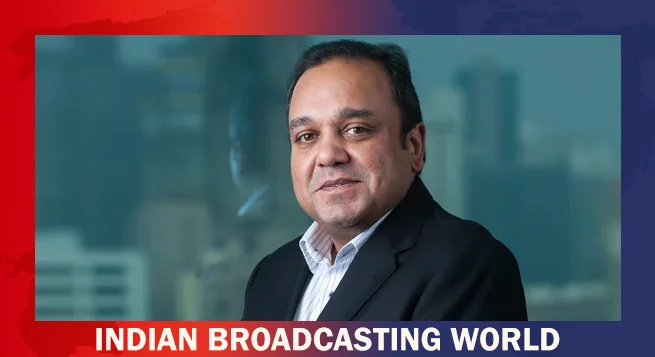 Punit Goenka makes himself unavailable for Zee MD post ahead of AGM
Punit Goenka makes himself unavailable for Zee MD post ahead of AGM 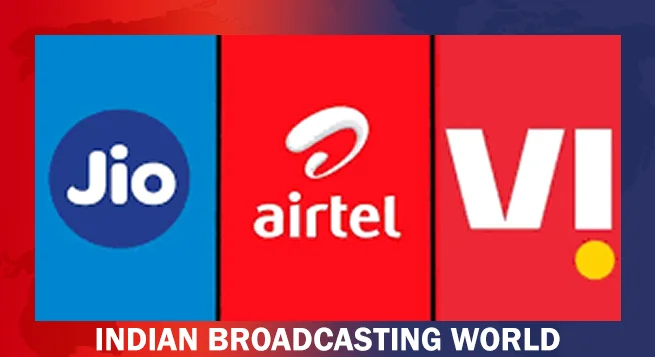 Jio, Airtel, Vi witness subs losses in Sept: TRAI data
Jio, Airtel, Vi witness subs losses in Sept: TRAI data 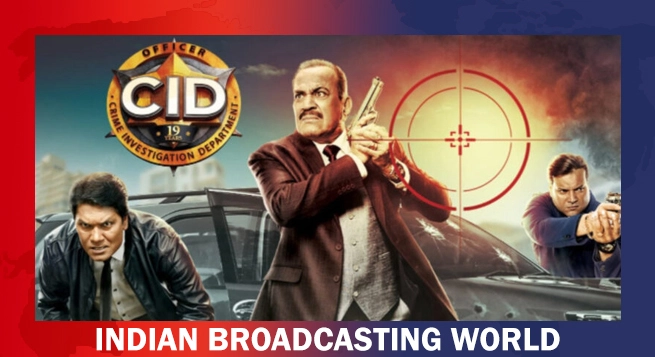 ‘CID’ returns to Sony TV on Dec. 21
‘CID’ returns to Sony TV on Dec. 21 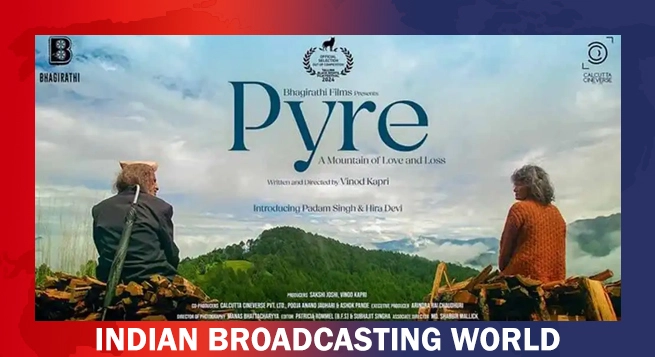 Vinod Kapri’s ‘Pyre’ wins audience award at Tallinn Film Festival 2024
Vinod Kapri’s ‘Pyre’ wins audience award at Tallinn Film Festival 2024 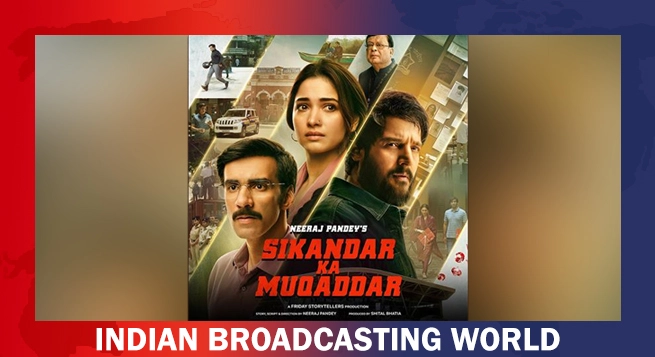 Netflix to premiere Neeraj Pandey’s ‘Sikandar Ka Muqaddar’ on Nov 29
Netflix to premiere Neeraj Pandey’s ‘Sikandar Ka Muqaddar’ on Nov 29 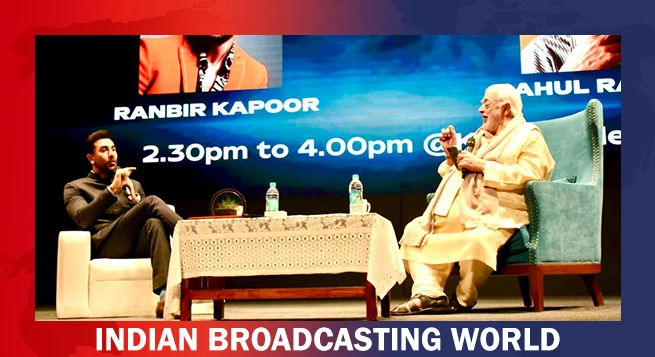 Ranbir Kapoor announces Raj Kapoor Film Festival at IFFI
Ranbir Kapoor announces Raj Kapoor Film Festival at IFFI  Prime Video’s ‘Beast Games’ to premiere on December 19
Prime Video’s ‘Beast Games’ to premiere on December 19 


